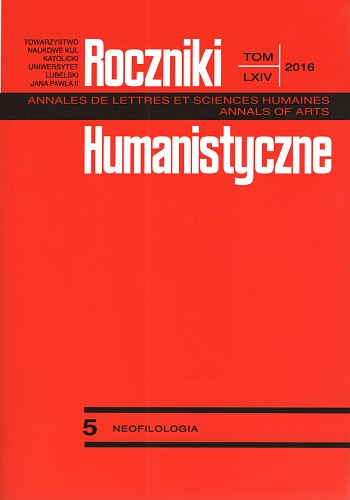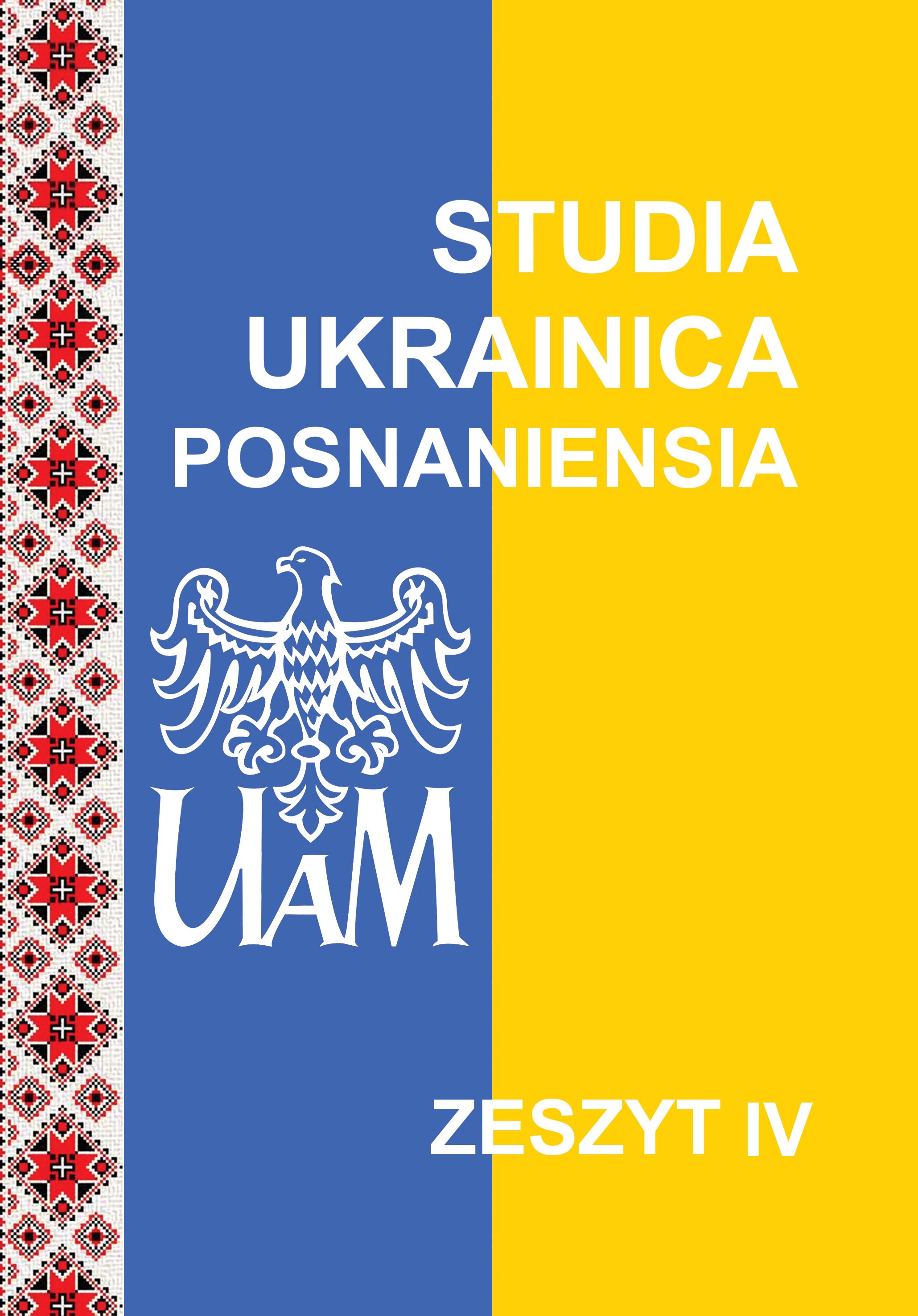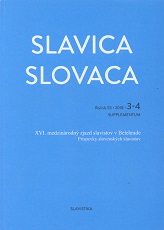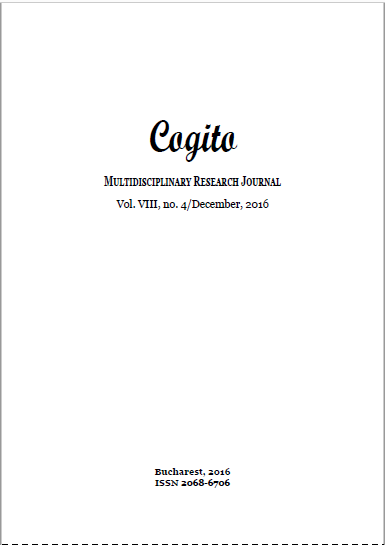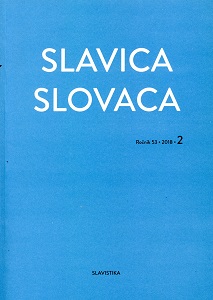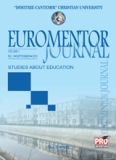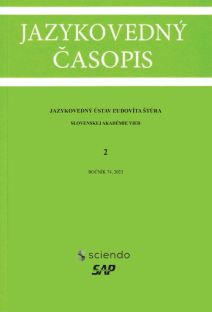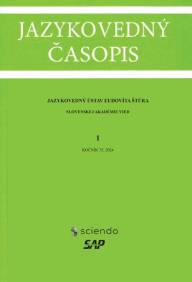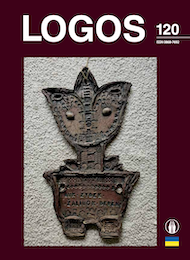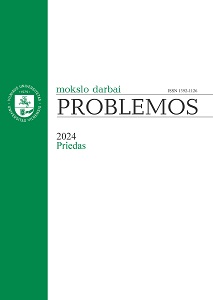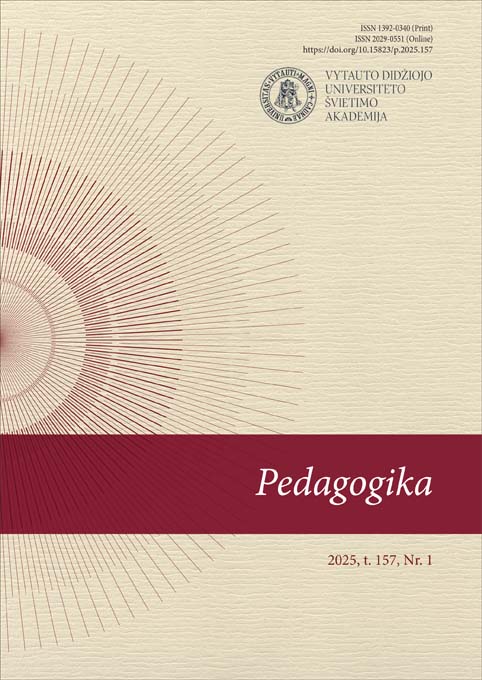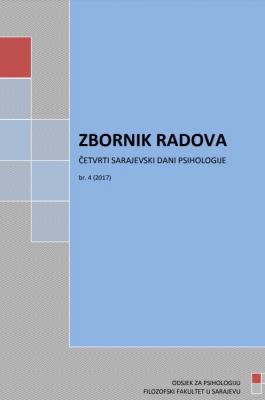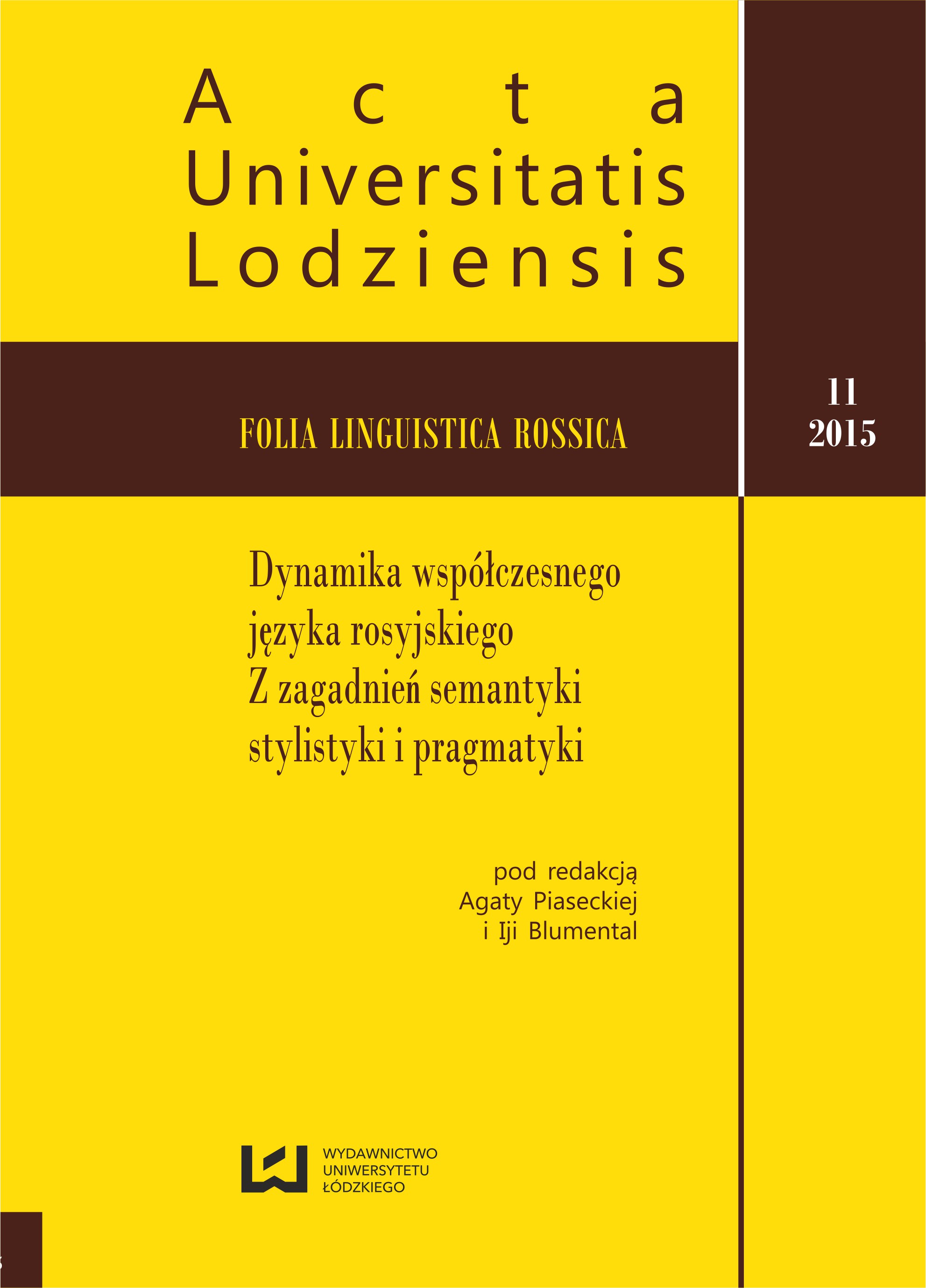
ПРИРОДА НЕВЫРАЗИМОГО И ФЕНОМЕН МОЛЧАНИЯ В РУССКОМ ЯЗЫКЕ И РУССКОЙ КУЛЬТУРЕ
The interfaced existence of inexpressible semantics and silence phenomenon in different research paradigms is investigated in the article: philosophical, theological, literary, culturological, apophatic rhetoric, cognitive linguistics and euphemisms theory. The main units’ formation method of inexpressible category and apophatic rhetoric – denying (word-formation, inside the lexical item, syntactic, rhetorical, that is with the shift of the contents plan and expression plan) is shown in the article. Everything told in the article is illustrated by examples from M. Fasmer’s dictionary and modern Internet communications.
More...
